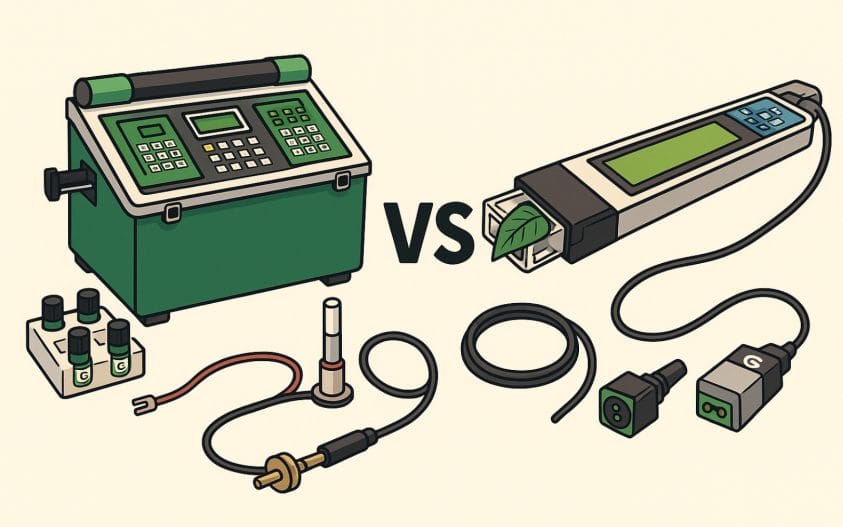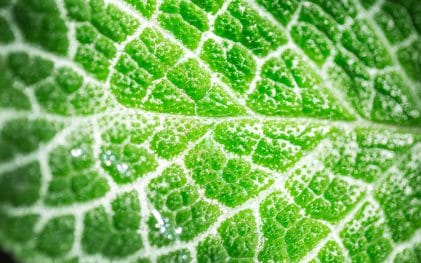Latest photosynthesis-measurement-plants
CI‑340 Handheld Photosynthesis System vs LI‑COR 6400XT: A Researcher’s Perspective
Accurate photosynthesis measurement is vital for understanding plant physiology, crop productivity, and responses to stress. Portable gas exchange systems have become essential in both field and controlled studies. Among the leading instruments in this field of photosynthesis measurement systems are CID Bio Science’s CI 340 Handheld Photosynthesis System and LI COR’s LI 6400XT. Both provide… Continue reading…

Additional reading
Why Forest Protection Is Crucial for Our Future
Forest protection limits the various biotic and abiotic factors or their effects that reduce or degrade forests. Plant Science provides the theoretical basis for protecting forests. It focuses on tree morphology, anatomy, physiology, and biochemistry to monitor structure, growth, function, and stress management. Advanced precision tools used onsite or remotely estimate several plant parameters non-destructively… Continue reading…
Microalgae and Artificial Photosynthesis for Renewable Energy
Microalgae’s natural photosynthesis, which uses carbon dioxide in the presence of sunlight, is harnessed to produce electricity and biofuels for renewable energy. Artificial photosynthesis, biomimics, and natural photosynthesis use semiconductors to capture light and fix ambient CO2. Artificial photosynthesis systems produce two types of fuels: hydrocarbons (methane, methanol, and formic acid) and pure hydrogen. Challenges… Continue reading…
What is Plant Productivity, and How to Measure It
Plant productivity provides society with ecosystem services and is the basis of all heterotrophic levels. Environmental factors like light, temperature, and precipitation, determined by latitudes, influence plant productivity patterns, which are most in the tropics and decrease towards the poles. The combined negative and positive interactions are essential biotic factors influencing plant productivity. Plant productivity… Continue reading…
Interesting Photosynthesis Research in 2022
Photosynthesis is crucial for crop yield improvement, forest management, and environmental protection. Increasingly research on photosynthesis is cross-disciplinary. Some studies combine photosynthesis with fields wide apart, like cancer cures, plastic degradation, or computers. Read further about the most striking photosynthesis research emerging last year, 2022. 1. Photosynthesis for cancer cure? Figure 1: Jiang et al.… Continue reading…
Chlorophyll Fluorescence: Importance and Applications
Chlorophyll fluorescence occurring in chloroplasts can give vital information about plant processes and status at the cell, leaf, individual, and regional scales. It is possible to measure this physiological phenomenon by a wide range of means, from portable handheld devices to satellite imagery. It is versatile enough to have crucial crop and natural ecosystem management… Continue reading…
Stomatal Conductance: Functions, Measurement, and Applications
Though a common plant function, much remains unknown about stomatal conductance, especially at larger ecosystem scales while its associated processes like photosynthesis and, to a lesser extent, transpiration, are largely well studied. This research gap is surprising considering that sophisticated tools exist to rapidly and accurately measure stomatal conductance in the field. Modern infrared gas… Continue reading…











